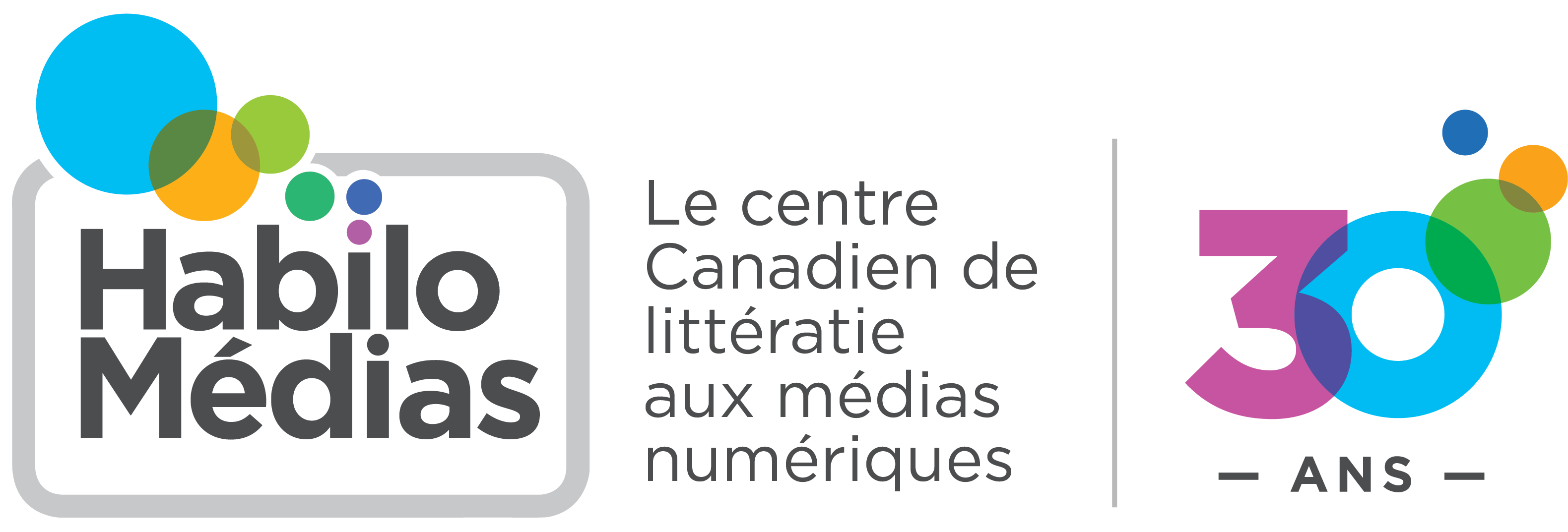Outcome Chart - Manitoba - Digital Filmmaking 25S
Common Outcomes
Students will…
3. Assess textual, numerical, aural, and visual information, as well as the source of the media, to determine context, perspective, bias, and/or motive. (G-3.2)
4. Self-assess ICT representations and go beyond established criteria by enhancing meaning and/or artistry, according to topic, audience, purpose, and occasion. (Pr-3.2)
7. Identify possible health issues associated with using ICT. (Examples: ergonomic factors, inactivity, carpal tunnel syndrome, repetitive stress injury, eye strain, addictive/obsessive behaviour…) (E-1.4)
8. Apply school division’s acceptable-use policy for ICT. (E-2.1)
9. Apply safety guidelines when communicating electronically. (Examples: email, web pages, threaded discussions, videoconferences, chats, instant messages, camera phones, wikis, blogs, podcasts, online whiteboards…) (E-2.2)
10. Explain consequences of unethical behaviour. (Examples: cyberbullying, promotion of prejudice and hatred, copyright violations, plagiarism, willful destruction/manipulation of data, hacking, propagation of viruses, spamming, software piracy, consumer fraud, identity theft…) (E-2.3)
11. Apply guidelines for ethical and responsible use of ICT. (Examples: respect others’ privacy, protect personal information, follow security procedures, respect intellectual property and credit sources, use licensed software, discourage cyberbullying, collect data ethically, analyze information ethically…) (E-2.4)
12. Evaluate effects of personal ICT behaviour on others. (E-3.1)
13. Weigh personal benefits and risks of using ICT. (E-3.2)
14. Analyze various ICT skills and competencies required in personal career choices. (S-2.2)
15. Analyze advantages and disadvantages of ICT use in society. (Examples: lack of access, consequences of unethical use, ease of manipulating data, ease of communicating information, addictive/obsessive behaviour…) (S-2.3)
16. Weigh society’s right to information access against right to individual privacy. (S-3.1)
17. Weigh benefits versus risks to society of creating new ICTs. (Example: outsourcing jobs…) (S-3.2)
MediaSmarts Resources
- Authentication Beyond the Classroom
- Cyberbullying and the Law
- Dealing with Digital Stress
- First, Do No Harm: Being an Active Witness to Cyberbullying
- Hate 2.0
- Hate or Debate
- Online Marketing to Kids: Protecting Your Privacy
- Online Relationships: Respect and Consent
- Promoting Ethical Behaviour Online: My Virtual Life
- Secure Comics
- Thinking about Hate
- What Students Need to Know about Freedom of Information and Protection of Privacy
- Who Knows? Your Privacy in the Information Age
Specific Learning Outcomes
1. Define the purpose and audience for a film.
2. Create a storyboard with sketch drawings and descriptions.
3. Develop a shooting schedule including timelines, lists of events, and logistics.
4. Demonstrate three-point lighting (key light, backlight, fill light) of a subject.
5. Use lighting techniques to convey mood. (Example: dark lighting and shadows emphasize dramatic effects. As a learning strategy, students may compare the lighting employed in a variety of video genres, such as advertisement, music video, drama, documentary, and news.)
6. Evaluate the effect of camera settings on image quality. (Examples: aperture settings, quality settings, manual versus automatic…)
7. Evaluate the effect of camera position, angle, and movement.
8. Capture images and sounds with cameras and microphones.
9. Transfer images and sounds from recording devices to a personal computer.
10. Edit video and sound clips using a software program.
11. Combine sound, still images, moving images, text, graphics, animation, transitions, and effects into a video product. (Note: emphasize the need to respect intellectual property and credit sources.)
12. Use a software program to add title and credits to a video project.
MediaSmarts Resources
